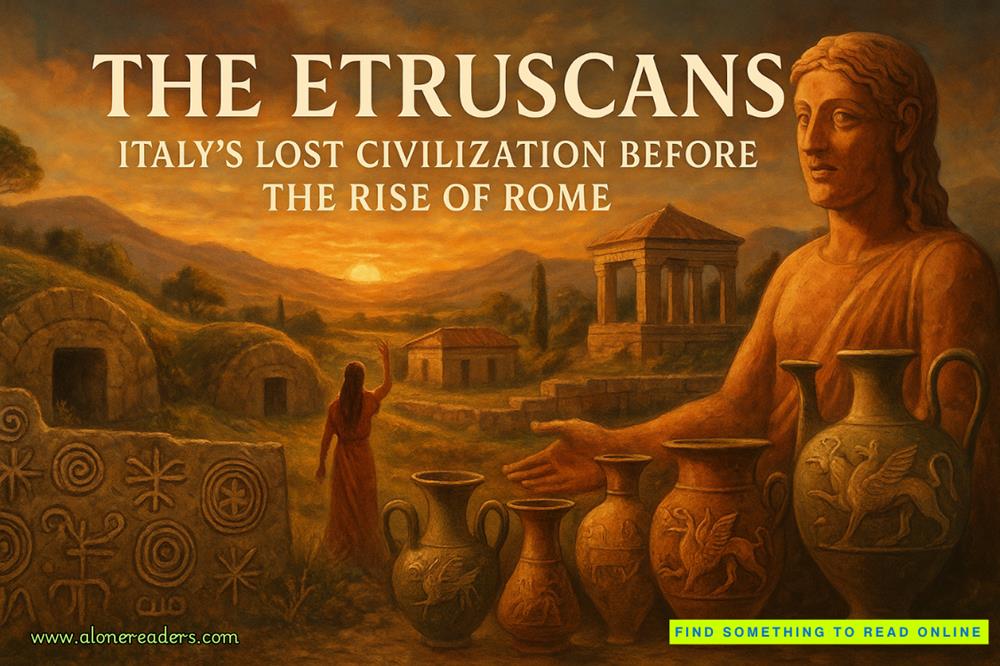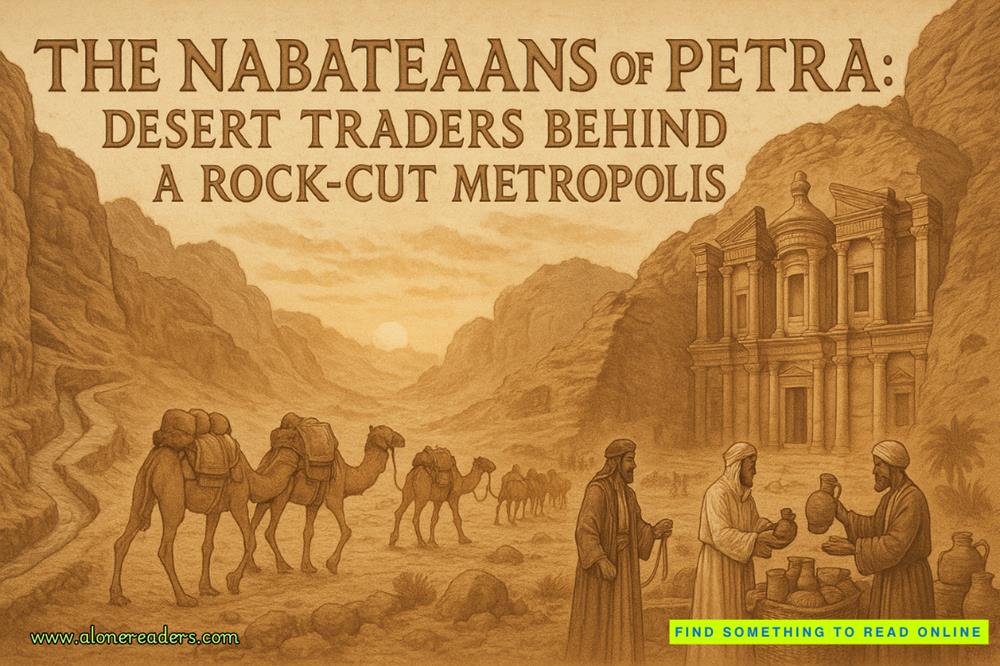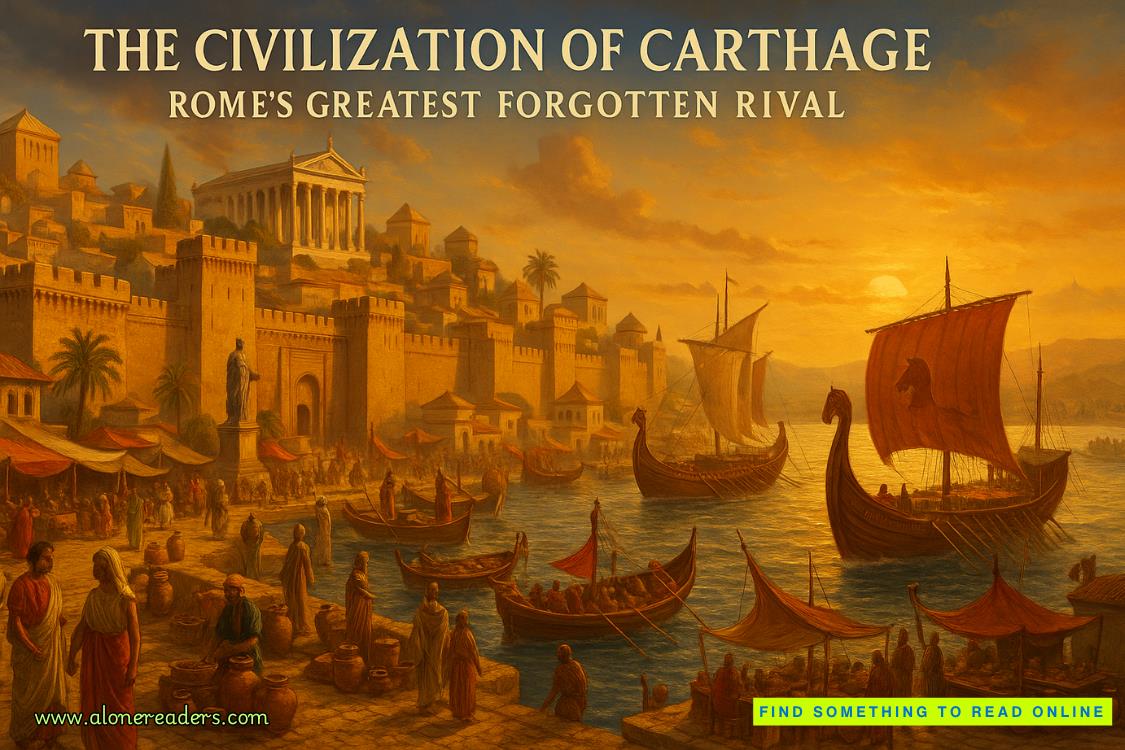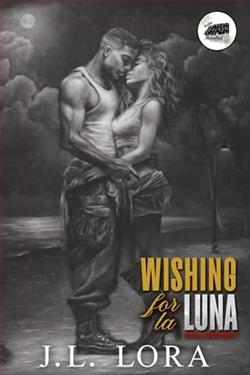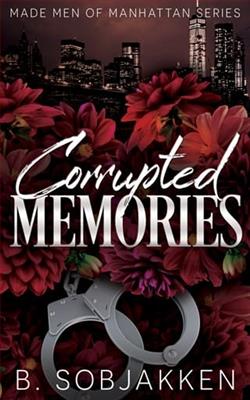Page 52 of Close
And if Livingston was somehow connected, what was his boundary violation?What made him part of this pattern?The stolen artifacts created an obvious link, but was it direct involvement or something else?
“We need to canvass for witnesses,” she said.“Someone might have seen Mitchell arrive, or noticed another vehicle in the area.”
“Already underway,” Daniels said.“Agent Keller is interviewing the jogger who found the body.”
“I’ll join her,” Kari said, needing distance from both the body and Daniels’s suffocating presence.
She found Agent Keller—the tall blonde woman who’d accompanied Daniels earlier—speaking with a young Navajo man in running clothes, his expression still shocked.Kari introduced herself and observed as Keller continued the interview, taking note of the agent’s technique—professional but cold, focused on facts rather than the witness’s obvious distress.
“I always run this trail before sunset,” the young man was saying.“I’m training for a marathon next month.I noticed the car first—it was parked where nobody usually stops.Then I saw the lights.”
“Lights?”Kari asked.
“Like a small fire.I thought maybe someone was camping illegally.”He swallowed hard.“I went to check, tell them they couldn’t have open flames during dry season, and that’s when I saw… him.”
“Did you see anyone else in the area?”Keller pressed.“Another vehicle?Someone walking along the road?”
The runner shook his head.“No one.It was really quiet.Just, you know, normal desert sounds.”
Kari noticed something Keller had missed—the slight hesitation before “normal.”“What sounds specifically?”she asked gently.
The young man frowned, concentrating.“Wind.Some birds.I had my headphones in most of the time, but I took them out when I saw the car.”He paused.“There was one weird thing.Right before I found… him.A sound like someone running really fast through the brush.But I didn’t see anyone.”
“Could have been an animal,” Keller suggested.
“Maybe.”The runner didn’t sound convinced.
Kari made a note to have officers search the surrounding area at first light.If the killer had fled on foot, they might have left evidence—broken vegetation, footprints, discarded items.The desert preserved such details better than most environments, especially with the lack of rain in recent weeks.
It was thin, but right now, they had very little to go on.And already Kari could feel the fear growing.
That someone had just committed a third murder and gotten away with it.
***
By midnight, the scene had transformed into a full federal operation.Additional FBI personnel had arrived, along with specialized equipment.The body had been removed for transport to the medical examiner’s facility.Evidence had been collected, cataloged, and secured.Photographs had been taken from every conceivable angle.
And still, Kari felt they were missing something essential.
She, Tsosie, and Daniels gathered near the command vehicle, reviewing what they knew while technicians continued processing the wider area.
“Three victims in five days,” Daniels said, summarizing.“Each one violating tribal boundaries in some way, and the third killed with increased ritualistic precision.The profile points to someone deeply connected to the land and traditions, with both the knowledge and motivation to eliminate those they perceive as threats.”
Kari considered reminding him that no traditional practitioner would make the ceremonial mistakes someone had made with the first two bodies, but she had already made her point earlier.Many times.She doubted it would do any good to continue repeating herself.
“Someone,” Daniels continued, “who likes to play games, likes to try to throw us off the scent.”
“Maybe,” Tsosie said quietly.
Daniels glanced at him.“You have another theory?”
“Maybe they were learning.”
Both Kari and Daniels turned to him.
“Learning from what source?”Daniels asked.
“That’s the question, isn’t it?”Tsosie replied.“Where would someone get enough information to improve their technique this dramatically between the second and third murders?”
